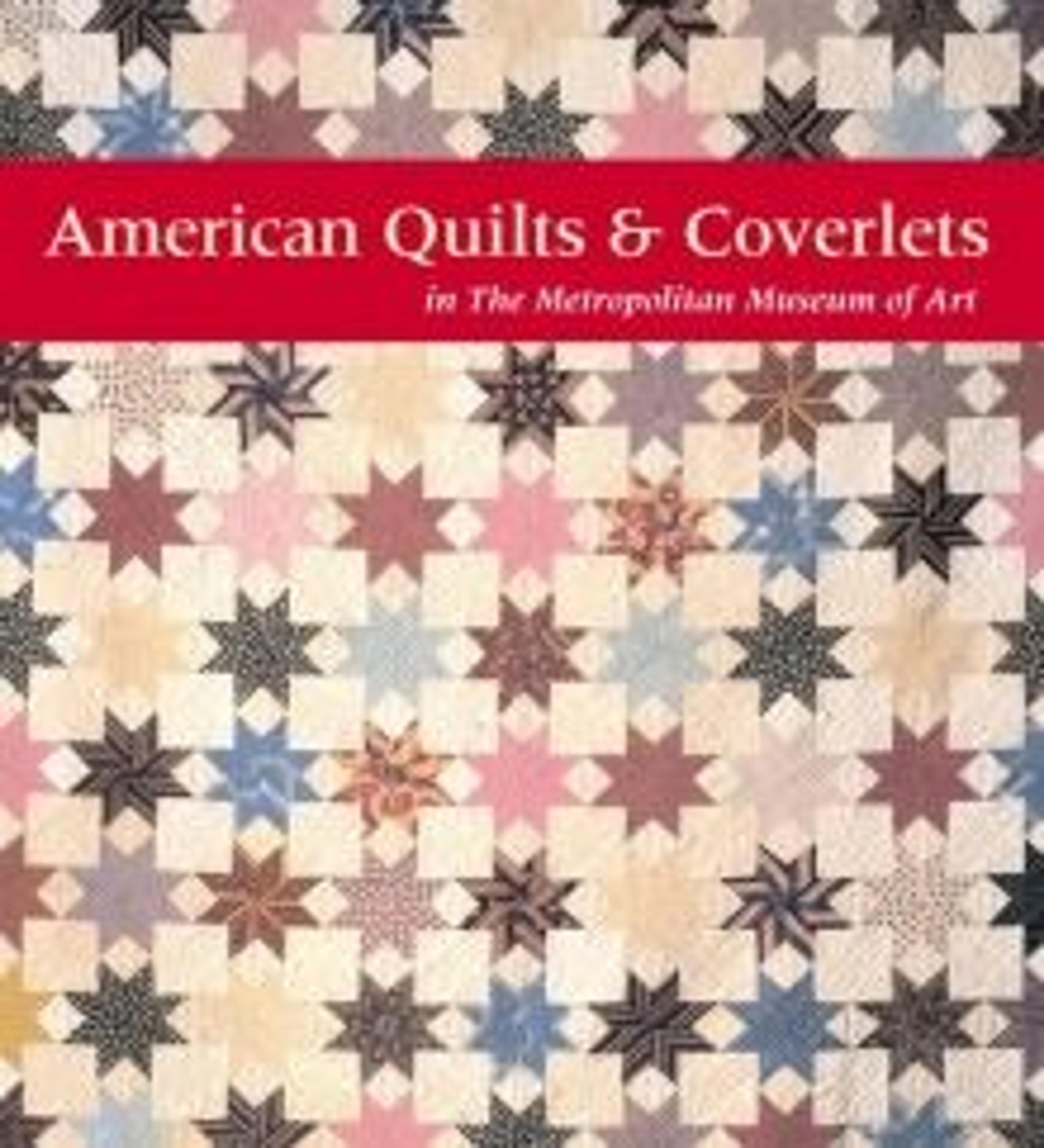Embroidered bed hangings
This work is composed of nine different-size panels of embroidered fabric; some panels are woven exclusively of linen, and others are of a linen/cotton fabric. The piece is embroidered with the same stitches as 61.48.1 in floral motifs in multiple shades of blue wool.
Artwork Details
- Title:Embroidered bed hangings
- Maker:Ruth Culver Coleman (died 1801)
- Date:ca. 1760–75
- Geography:Probably made in Sag Harbor, New York, United States
- Culture:American
- Medium:Linen embroidered with wool
- Dimensions:99 x 85 in. (251.5 x 215.9 cm)
- Credit Line:Sansbury-Mills Fund, 1961
- Object Number:61.48.2
- Curatorial Department: The American Wing
More Artwork
Research Resources
The Met provides unparalleled resources for research and welcomes an international community of students and scholars. The Met's Open Access API is where creators and researchers can connect to the The Met collection. Open Access data and public domain images are available for unrestricted commercial and noncommercial use without permission or fee.
To request images under copyright and other restrictions, please use this Image Request form.
Feedback
We continue to research and examine historical and cultural context for objects in The Met collection. If you have comments or questions about this object record, please contact us using the form below. The Museum looks forward to receiving your comments.
